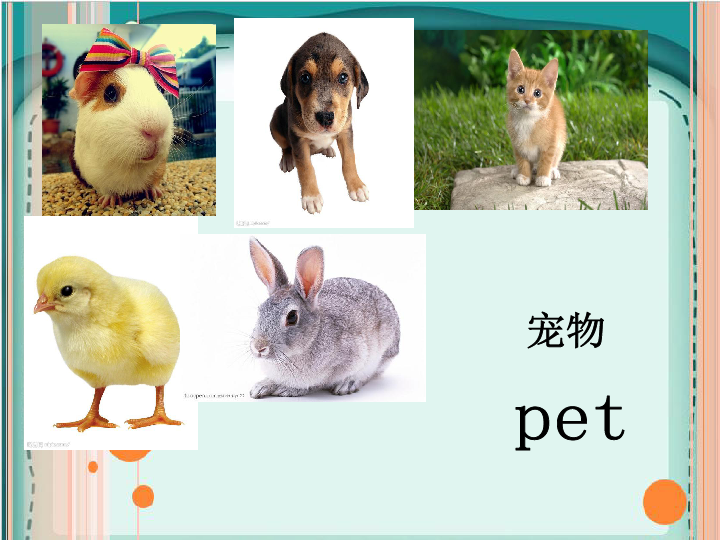Do Other Animals Have Pets Unveiling the Surprising World of Animal Companionship
Guide or Summary:Pets Among Primates The Bonds of Chimpanzees and BaboonsPets Among Canines and Felines The Evolution of Animal CompanionshipPets Among Bird……
Guide or Summary:
- Pets Among Primates The Bonds of Chimpanzees and Baboons
- Pets Among Canines and Felines The Evolution of Animal Companionship
- Pets Among Birds and Reptiles The Unique Bonds of Avian and Reptilian Companionship
- Pets Among Marine Life The Intriguing World of Animal Companionship in the Oceans
- Conclusion The Universal Language of Companionship
In the human-centric world we inhabit, pets are often seen as the epitome of companionship, offering unconditional love and joy to their human guardians. However, the concept of companionship is not exclusive to humans—many animals have their own forms of companionship and even keep pets of their own. This article delves into the fascinating world of animal companionship, exploring how various species form bonds, care for one another, and even nurture young in ways that mirror human-pet relationships.
Pets Among Primates The Bonds of Chimpanzees and Baboons
Primates are renowned for their complex social structures and the deep bonds they form with one another. Among these, chimpanzees and baboons are particularly known for their strong social ties. Chimpanzees, for instance, are known to form long-lasting friendships and even engage in cooperative activities such as hunting and tool use. They often form close-knit groups where individuals take turns caring for each other's offspring, a behavior reminiscent of human parenting and pet ownership.

Baboons, on the other hand, exhibit a more hierarchical social structure with clear dominance and subordination roles. However, within these groups, there exists a strong sense of loyalty and protection, where individuals often look out for each other's well-being. This mutual care and support, while not always reciprocal in humans, are essential components of animal companionship.
Pets Among Canines and Felines The Evolution of Animal Companionship
Dogs and cats, our most common household pets, are not merely domesticated animals but evolved companions. Canines, in particular, have a long history of living alongside humans, evolving to become our closest allies and protectors. Their ability to form deep emotional bonds with humans, their loyalty, and their willingness to serve make them perfect companions. Similarly, cats have evolved to form close relationships with humans, though their interactions are often more independent and self-sufficient.
Pets Among Birds and Reptiles The Unique Bonds of Avian and Reptilian Companionship
Birds and reptiles, while not traditionally considered pets in the same sense as dogs or cats, have their own unique forms of companionship. Parrots, for instance, are known for their intelligence and ability to form deep emotional bonds with their human companions. They require a significant amount of attention and social interaction, much like human pets, and can become deeply attached to their owners.

Reptiles, on the other hand, form strong bonds with their offspring and can exhibit protective behaviors towards their young. While these bonds are not always as deep as those between humans and their pets, they are nonetheless essential for the survival and well-being of the species.
Pets Among Marine Life The Intriguing World of Animal Companionship in the Oceans
Marine life, too, exhibits forms of companionship and even pet-like behavior. For example, dolphins are known for their playful and social nature, forming strong bonds with one another and even engaging in cooperative activities such as hunting and socializing. These social interactions are essential for their survival and well-being, much like the bonds between humans and their pets.
Conclusion The Universal Language of Companionship
While the concept of pets is often associated with humans, the reality is that many animals have their own forms of companionship and even keep pets of their own. From primates and canines to birds and reptiles, the universal language of companionship transcends species and forms the foundation of social bonds essential for the well-being of all living beings. By understanding and appreciating these forms of companionship, we can gain a deeper respect for the natural world and the intricate relationships that bind us all together.
